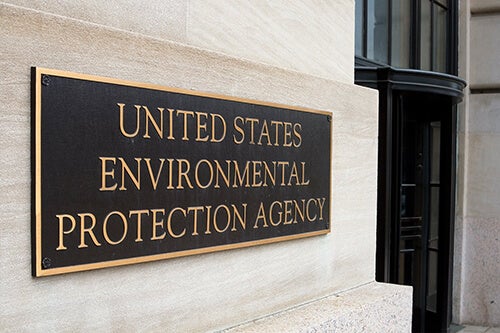If you’re putting your products on the EU market, the SCIP database isn’t optional. It’s mandatory.
It’s a key requirement of the EU Waste Framework Directive (WFD), meant to give regulators, waste operators, and the public visibility into products that have reached the end of their life cycles. If your product contains substances of very high concern (SVHCs) above the legal threshold, you must disclose them. Ignore the rule and you risk fines. Miss the deadline and you could face enforcement action or public scrutiny. Wait too long and competitors take your spot.
This blog shows you how to comply without wasting time, money, or patience.
What’s the Deal With SCIP?
The SCIP database supports the circular economy in two ways. First, for recyclers and waste operators, it tells them which articles in a discarded product contain hazardous chemicals, so they can remove those parts or handle them properly. This keeps contaminated materials from getting into the recycling stream and lets more of the safe materials have a genuine second life.
Second, the data is public, so anyone (e.g., regulators, consumers, and NGOs) can see how companies manage substances of very high concern — and they can hold the ones that fail to meet requirements to account.
It’s about keeping harmful chemicals out of production cycles and making recycling work better for everyone. It’s public, centralized, facilitated by the European Chemicals Agency (ECHA), and enforced by individual EU member states.
If your finished product — or any of its components — contains an SVHC over 0.1 % weight by weight, you must submit a SCIP dossier. That applies every time a product launches or changes. Think pencil sharpener, casing, blade, screw, even the plastic bag you ship them in. It doesn’t matter how small the part is; if it’s an article and it includes an SVHC over threshold, it’s in scope.
Still unsure? Start here: EU Waste Framework Directive Scoping Guide ›
Not in the EU? You Might Still Be on the Hook for Data
Plenty of companies get in trouble when they assume they don’t need to provide data. If you’re outside the EU but your customers aren’t, they will ask for SCIP reporting data — and if you don’t provide it, you risk being replaced. More EU manufacturers now shortlist suppliers that deliver compliance data on demand. Being prepared isn’t just about regulation; it keeps you competitive.
What Goes Into a SCIP Dossier?
A dossier tells waste processors how to handle your product safely. You’ll need:
- Basic identifiers (article name, category, production location)
- Safe-use instructions
- SVHC details, including concentration range
- Material or mixture category
The tricky part is formatting everything for ECHA’s IUCLID platform. Share too much data and you risk exposing confidential information; undershare and you fail compliance. Assent helps you avoid both problems. Clean data in, compliant dossiers out.
How to Build a Waste Framework Directive Program That Doesn’t Burn You Out
Start by Scoping
Skip the mass survey blast. Map products against the latest SVHC list to see what’s actually in scope. If you have REACH Article 33 data, reuse it, then check against the current list. ECHA updates it twice a year.
Bring in the Right People
Engineering, procurement, legal, and regulatory all need seats at the table. This is a team sport.
Set Expectations With Suppliers
Some suppliers — especially outside Europe — have never heard of SCIP regulation. Explain the data you need, why you need it, and how to deliver it. Assent’s platform includes educational tools to do the heavy lifting.
Collect, Validate, Repeat
Fast, accurate SVHC data builds confidence. Assent sends standardized requests, flags errors, and shows which articles need a dossier. No spreadsheets, no guesswork.
Submit Only What’s Required
Prep your files, then submit through your EU REACH-IT account. Submissions that fail “business rules” bounce. Those that break “quality rules” slip through but get flagged, putting you on the radar. Assent formats and validates dossiers before pushing them into the SCIP database so you stay off that list.
Submitting Isn’t Enough — Keep the Receipts
Uploading the dossier is only half the job. EU member state inspectors can audit your program and ask to see the paperwork behind it — supplier declarations, validation reports, version histories, training logs, the lot. Keep those records organized and up to date so you can show, on demand, how you got your data and why you trust it. The good news? Assent tracks it all, giving you a defensible audit trail.
Stay Ahead of the Curve
SCIP compliance isn’t static. Product design evolves, suppliers change, and the SVHC list keeps growing. A strong program checks for updates, refreshes data, resubmits dossiers, and keeps suppliers engaged. Assent alerts you when regulations shift and shows which parts of your program need attention before problems become penalties.
Ready to Make SCIP Compliance Work for You?
Compliance doesn’t have to drain resources. Done right, it gives you leverage with customers, mitigates non-compliance fines, and strengthens supplier relationships.
And you don’t have to tackle it alone. Assent automates the hard parts and gives you the visibility you need. From supplier education to dossier submission, we’ve got you covered. Start with the Assent SCIP Solution guide or check out our REACH vs. RoHS compliance blog for additional context.














